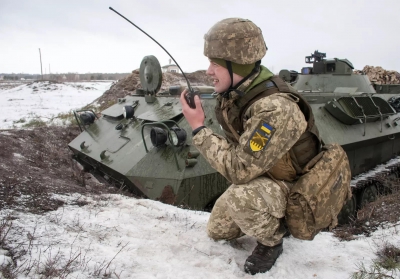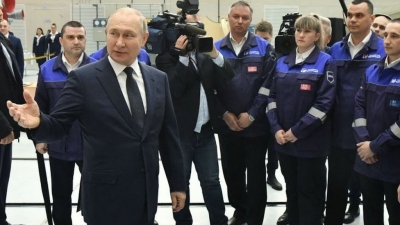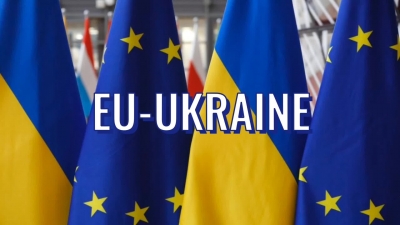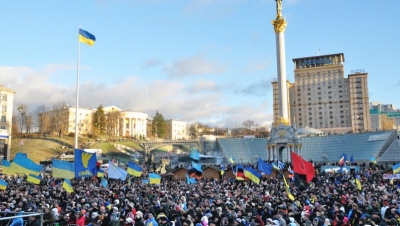
Ukarine war moves the Doomsday Clock to 90 seconds to midnight. Here’s a backgrounder on the Clock and its history.
With Russia’s invasion of Ukraine and the specter of nuclear weapon use. Earth crept its closest to Armageddon. said the Bulletin of Atomic Scientists, moving its famous “Doomsday Clock” up to just 90 seconds before midnight The science-oriented advocacy group’s annual announcement rating reflects how close humanity is from doing itself in. It underscores what scientists consider a gathering of several existential threats, with Russian leader Vladimir Putin’s actions chief among them.
The advocacy group was started in 1947. It uses a clock to symbolise the potential and likelihood of people doing something to end humanity. It moved the clock 10 seconds closer than last year, making it the closest it has ever been to striking 12. It’s been as much as 17 minutes from midnight after the end of the Cold War but in the past few years, the group has changed from counting down the minutes to midnight to counting down the seconds.
Doomsday has not happened yet. But scientists and activists at the Bulletin have listed some of today’s threats besides the Ukraine war. Their list includes nuclear weapon proliferation in China, Iran increasing its uranium enrichment, missile tests in North Korea, future pandemics from animal diseases, pathogens from lab mistakes. “disruptive technologies” and worsening climate change as other existential threats to humanity.
Picture Credit : Google





